Publications
Highlights | Full List
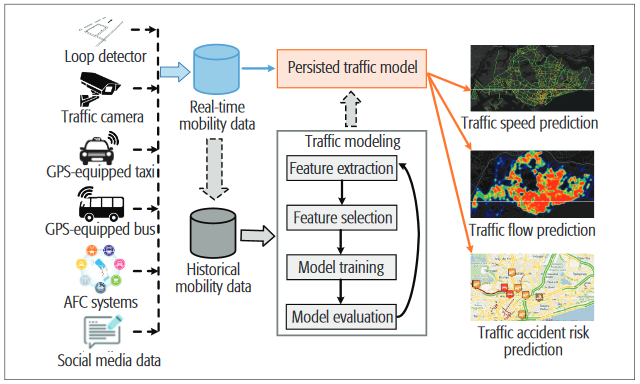
Urban traffic prediction aims to exploit sophisticated models to capture hidden traffic characteristics from sub-stantial historical mobility data and then makes use of trained models to predict traffic conditions in the future.
Zhidan Liu, Zhenjiang Li, Kaishun Wu, and Mo Li
IEEE Network 2018
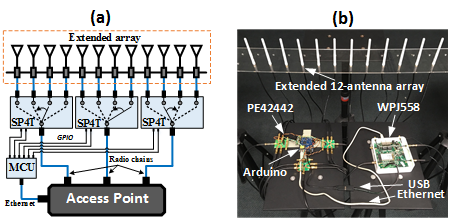
SWAN builds an array of stitched antennas extended from the radio chains of commodity Wi-Fi.SWAN has low hardware cost and provides easy user application interface embedded in the Linux kernel. Extensive experiments are performed with a 12-antenna prototype testbed of SWAN that proves the effectiveness of the solution.
Yaxiong Xie, Yanbo Zhang, Jansen Christian Liando, Mo Li
MobiCom 2018
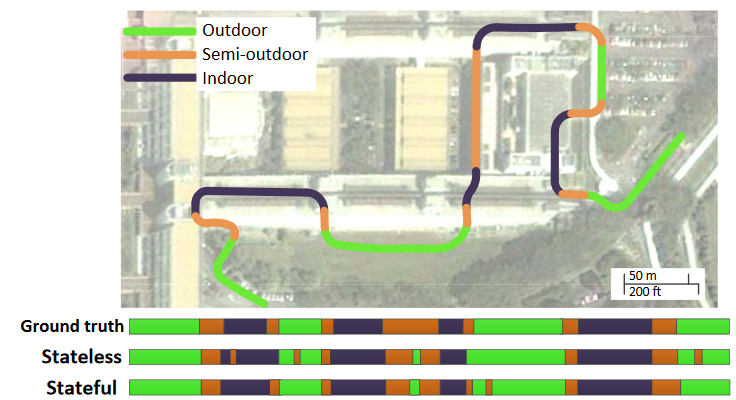
We present IODetector: a lightweight sensing service which runs on the mobile phone and detects the indoor/outdoor environment in a fast, accurate, and efficient manner. For universal applicability, IODetector assumes no prior knowledge (e.g., fingerprints) of the environment and uses only on-board sensors common to mainstream mobile phones.
Pengfei Zhou, Yuanqing Zheng, Zhenjiang Li, Mo Li, and Guobin (Jacky) Shen
Sensys 2012
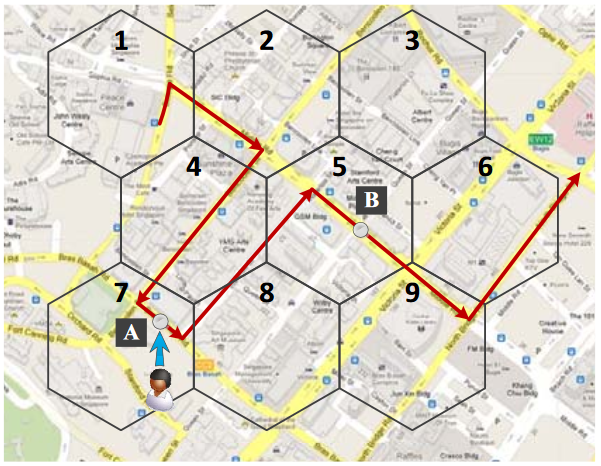
We present a bus arrival time prediction system based on bus passengers’ participatory sensing. Instead of referring to GPS enabled location information, we resort to more generally available and energy efficient sensing resources, including cell tower signals, movement statuses, audio recordings, etc., which bring less burden to the participatory party and encourage their participation.
Pengfei Zhou, Yuanqing Zheng, Mo Li
Mobisys 2012
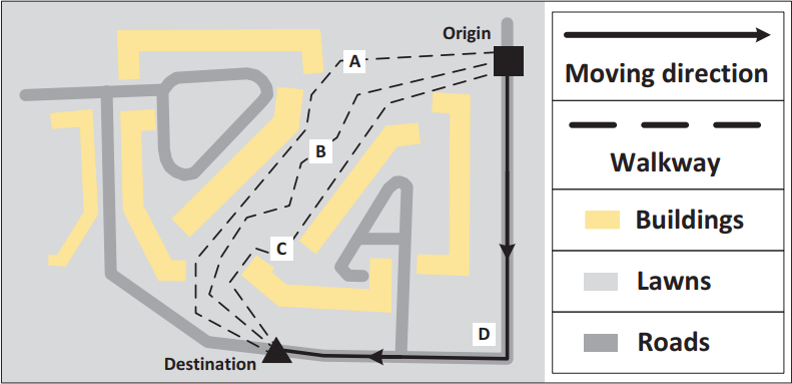
We introduce a walkway discovery and verification approach with mobility data from large scale crowdsensing. VitalAlley aims to identify the uncharted walkways from the big but noisy personal mobility data and incorporate these findings into existing incomplete road maps.
Chu Cao, Zhidan Liu, Mo Li, Wenqiang Wang, Zheng Qin
IPSN 2018
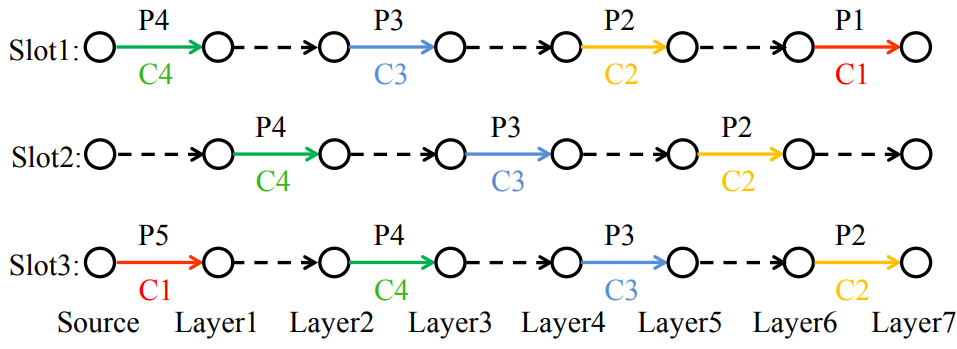
We implement, Pando, a completely contention-free data dissemination protocol for wireless sensor networks. Pando encodes data by Fountain codes and disseminates the rateless stream of encoded packets along the fast and parallel pipelines built on constructive interference and channel diversity.
Wan Du, Jansen Christian Liando, Huanle Zhang, and Mo Li
SenSys 2015
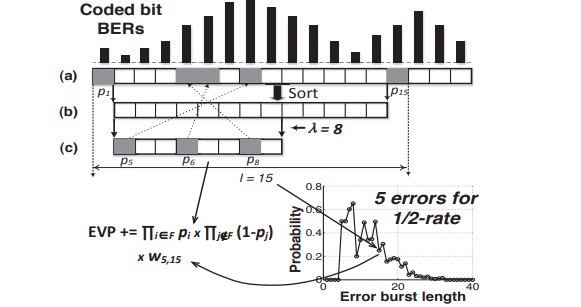
We implement Recitation, the first software system that uses lightweight channel state information (CSI) to accurately predict error-prone bit positions in a packet so that applications atop the wireless physical layer may take the best action during subsequent transmissions.
Zhenjiang Li, Yaxiong Xie, Mo Li, Kyle Jamieson
MobiCom 2015
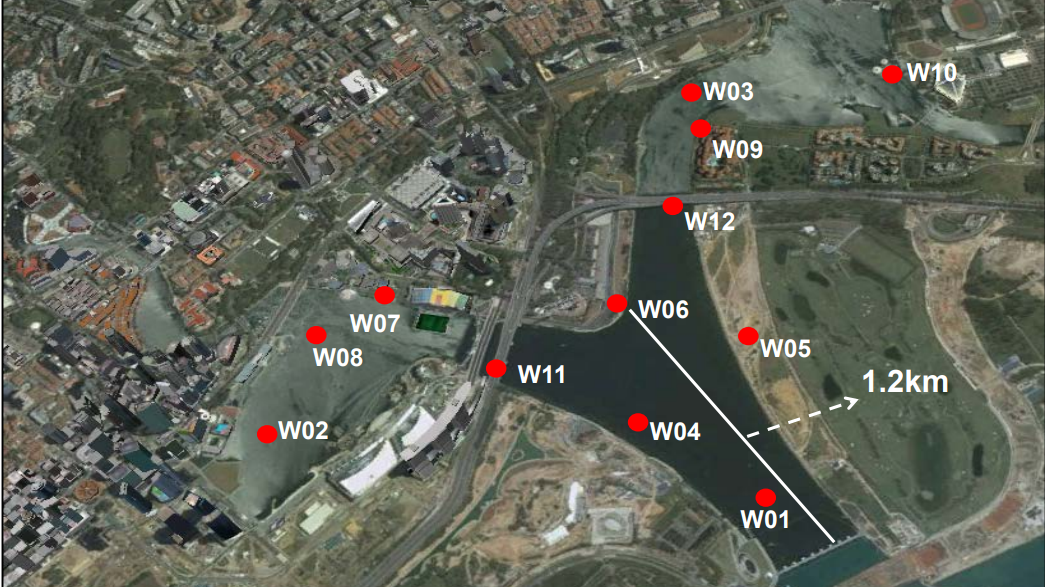
We introduce a distanceless networking approach for wireless sensor networks sparsely deployed in large areas. By leveraging rateless codes, we provide distanceless transmission to expand the communication range of sensor motes and fully exploit network diversity
Wan Du, Zhenjiang Li, Jansen Christian Liando, and Mo Li
SenSys 2014
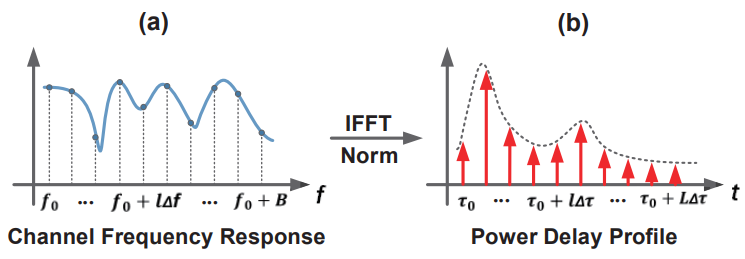
We implement Splicer, a software-based system that derives highresolution power delay profiles by splicing the CSI measurements from multiple WiFi frequency bands. We propose a set of key techniques to separate the mixed hardware errors from the collected CSI measurements. Splicer adapts its computations within stringent channel coherence time and thus can perform well in presence of mobility.
Yaxiong Xie, Zhenjiang Li, Mo Li
MobiCom 2015